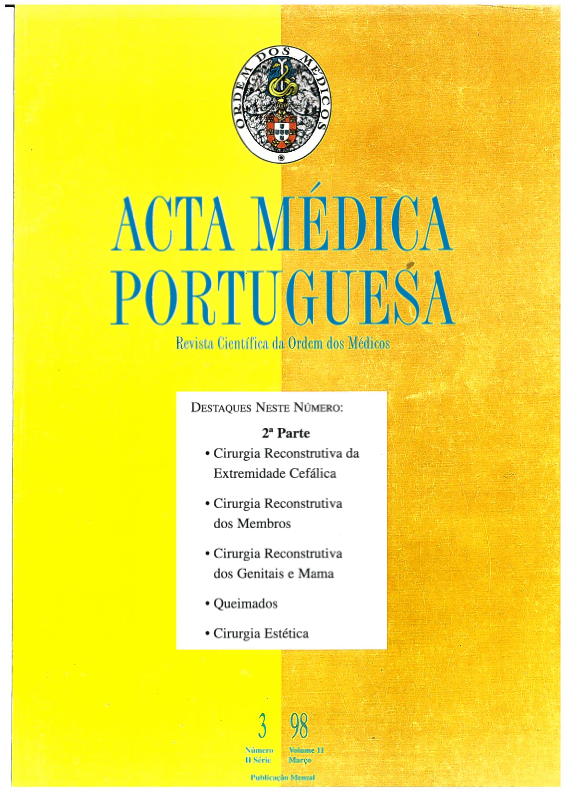Microsurgery in breast reconstruction. Myocutaneous free flap from the anterior rectus abdominis.
DOI:
https://doi.org/10.20344/amp.2227Abstract
The advantages of the free TRAM flap over the conventional Tram flap are known. The use of its main pedicle--the deep inferior epigastric system--improves the blood supply, decreasing the risk of skin and fat necrosis. The harvesting of 5-7 cm of muscle, and the preservation of its lateral border decreases the risk of abdominal wall bulge or hernias. Delayed breast reconstructions in patients submitted to radiotherapy were performed by end to side anastomosis between flap vessels and axillary vessels, avoiding the thoracodorsal irradiated vessels, and improving the blood flow. Ten patients were submitted to breast reconstruction by free TRAM flaps. There was one total flap necrosis, and one delayed healing around the periumbilical suture. Neither skin nor fat necrosis were seen. One patient developed an abdominal wall bulge. Two patients presenting tumor metastasis abandoned the plastic surgery outpatient clinic. Two patients refused the nipple-areolar complex (NAC) reconstruction. The outcome of five NAC reconstructions was very good, breasts being symmetrical without an opposite breast operation.Downloads
Downloads
How to Cite
Issue
Section
License
All the articles published in the AMP are open access and comply with the requirements of funding agencies or academic institutions. The AMP is governed by the terms of the Creative Commons ‘Attribution – Non-Commercial Use - (CC-BY-NC)’ license, regarding the use by third parties.
It is the author’s responsibility to obtain approval for the reproduction of figures, tables, etc. from other publications.
Upon acceptance of an article for publication, the authors will be asked to complete the ICMJE “Copyright Liability and Copyright Sharing Statement “(http://www.actamedicaportuguesa.com/info/AMP-NormasPublicacao.pdf) and the “Declaration of Potential Conflicts of Interest” (http:// www.icmje.org/conflicts-of-interest). An e-mail will be sent to the corresponding author to acknowledge receipt of the manuscript.
After publication, the authors are authorised to make their articles available in repositories of their institutions of origin, as long as they always mention where they were published and according to the Creative Commons license.









